We're experiencing increased traffic and our image generator is backed up. Don't worry, your images will eventually generate!
Once there was a puppy named Max who loved adventures.
Dogs can feel excitement, similar to humans.

Max had brown fur, dark eyes, and a wagging tail.
Dogs commonly show happiness by wagging their tails.

Today was special. Max was going to the fair!
Many towns have annual fairs with various attractions.

He saw a huge rollercoaster. It looped and twisted high in the sky.
Rollercoasters rely on physics to safely operate.
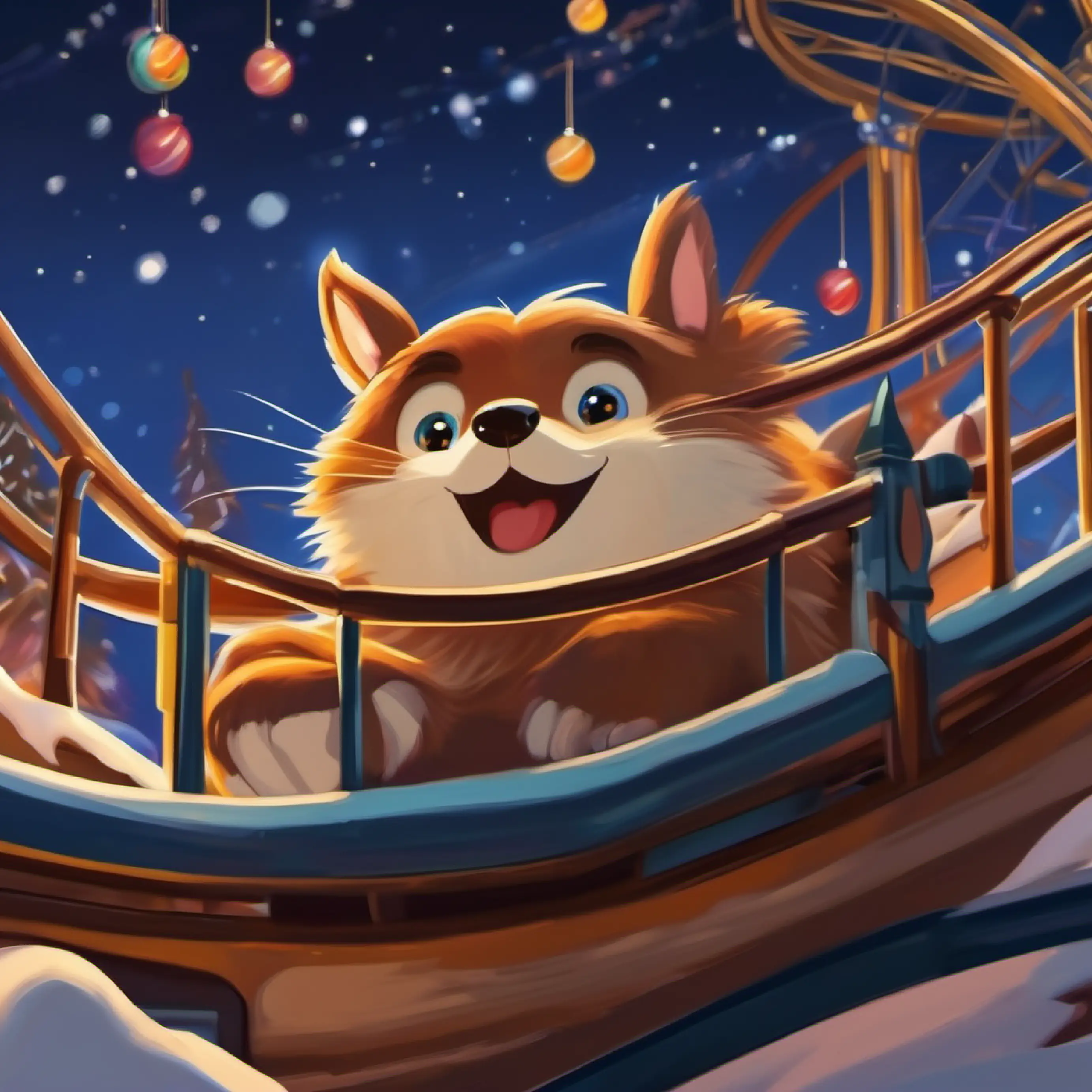
Max decided he wanted to ride the rollercoaster. He felt brave.
Bravery involves confronting fear or discomfort.
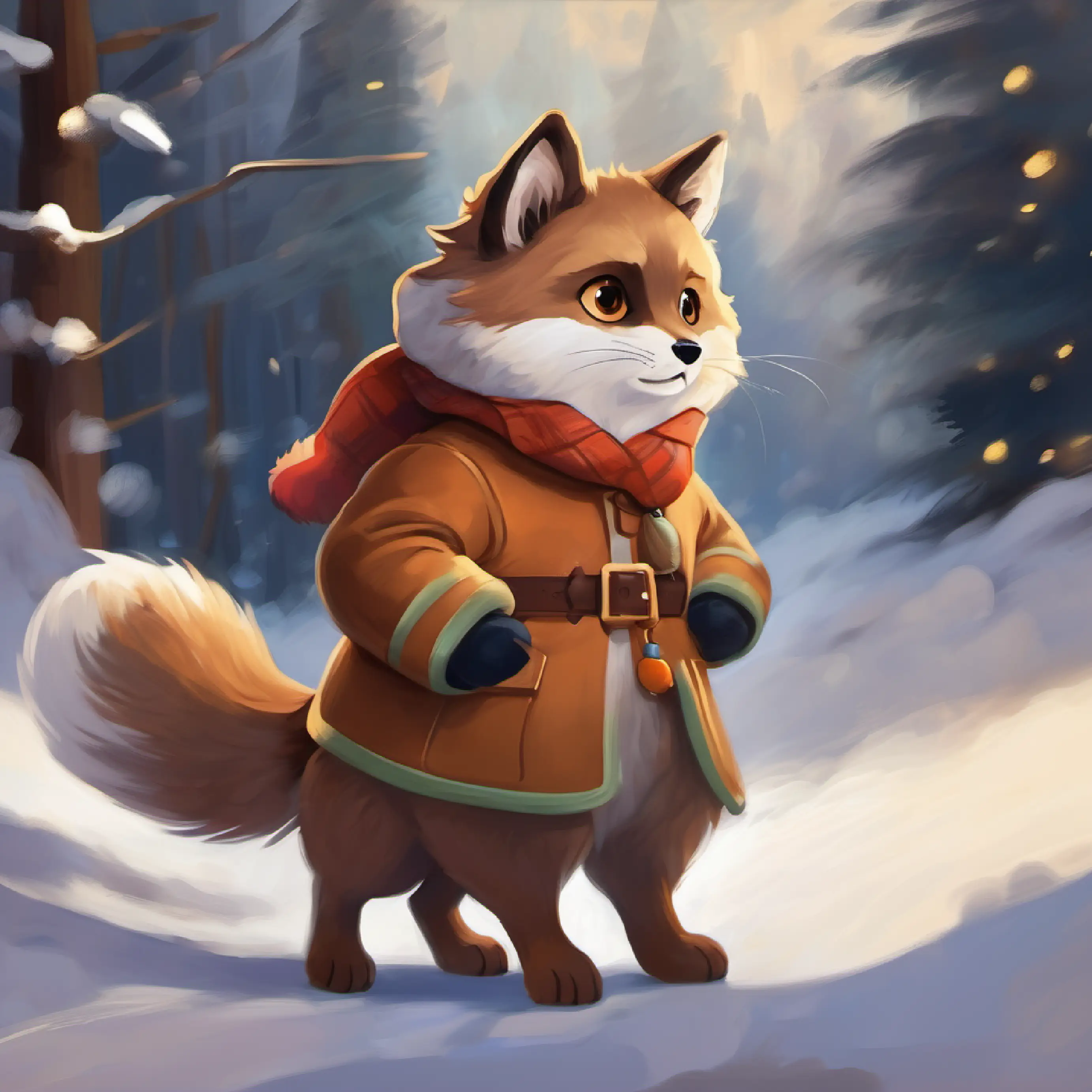
He sat on the seat, and the safety bar locked him in.
Safety restraints are crucial for secure rollercoaster rides.

The rollercoaster started moving. First, it was slow and steady.
Rollercoasters typically start slow to build potential energy.
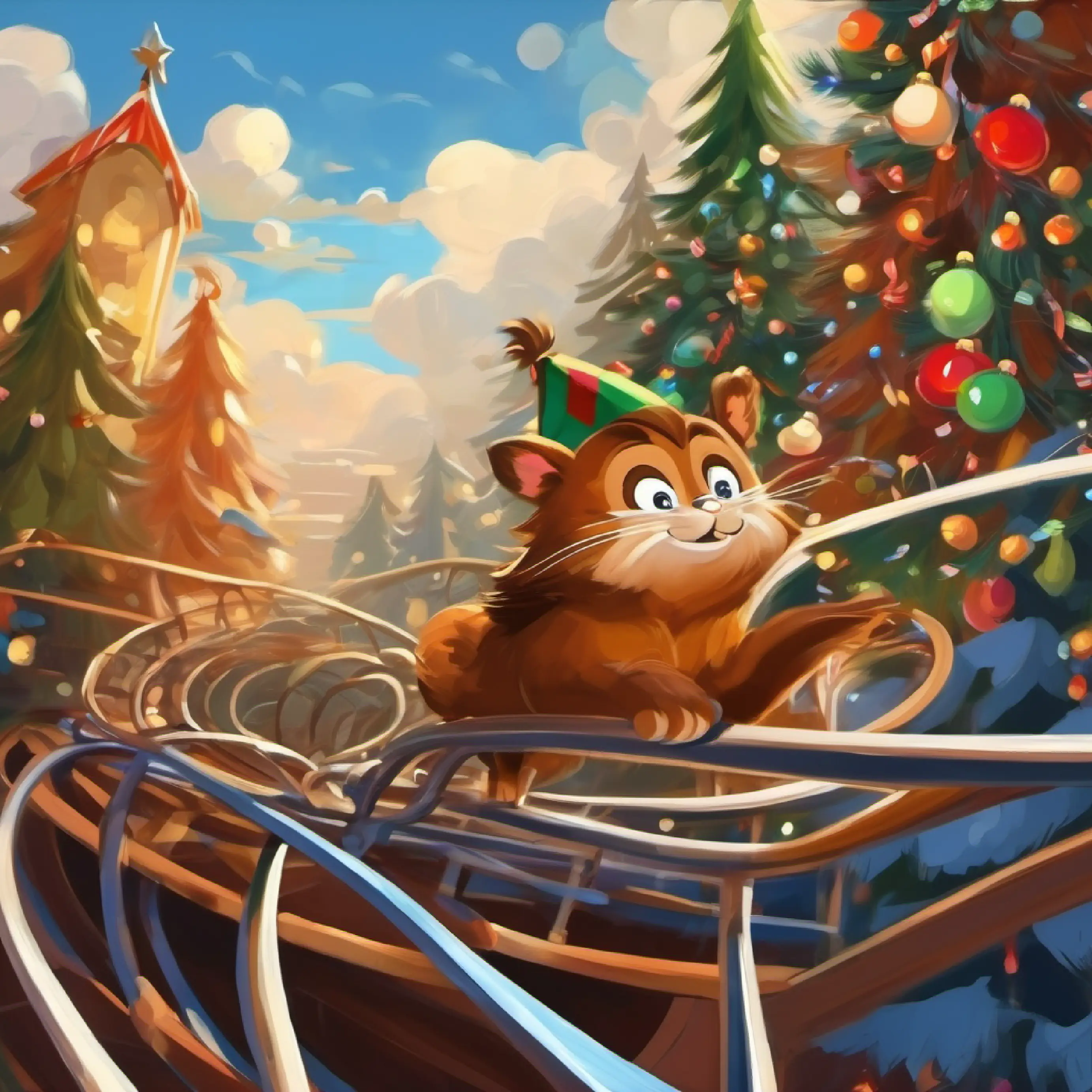
Then it started climbing up, up, up to the sky.
The climb increases potential energy for the following descent.
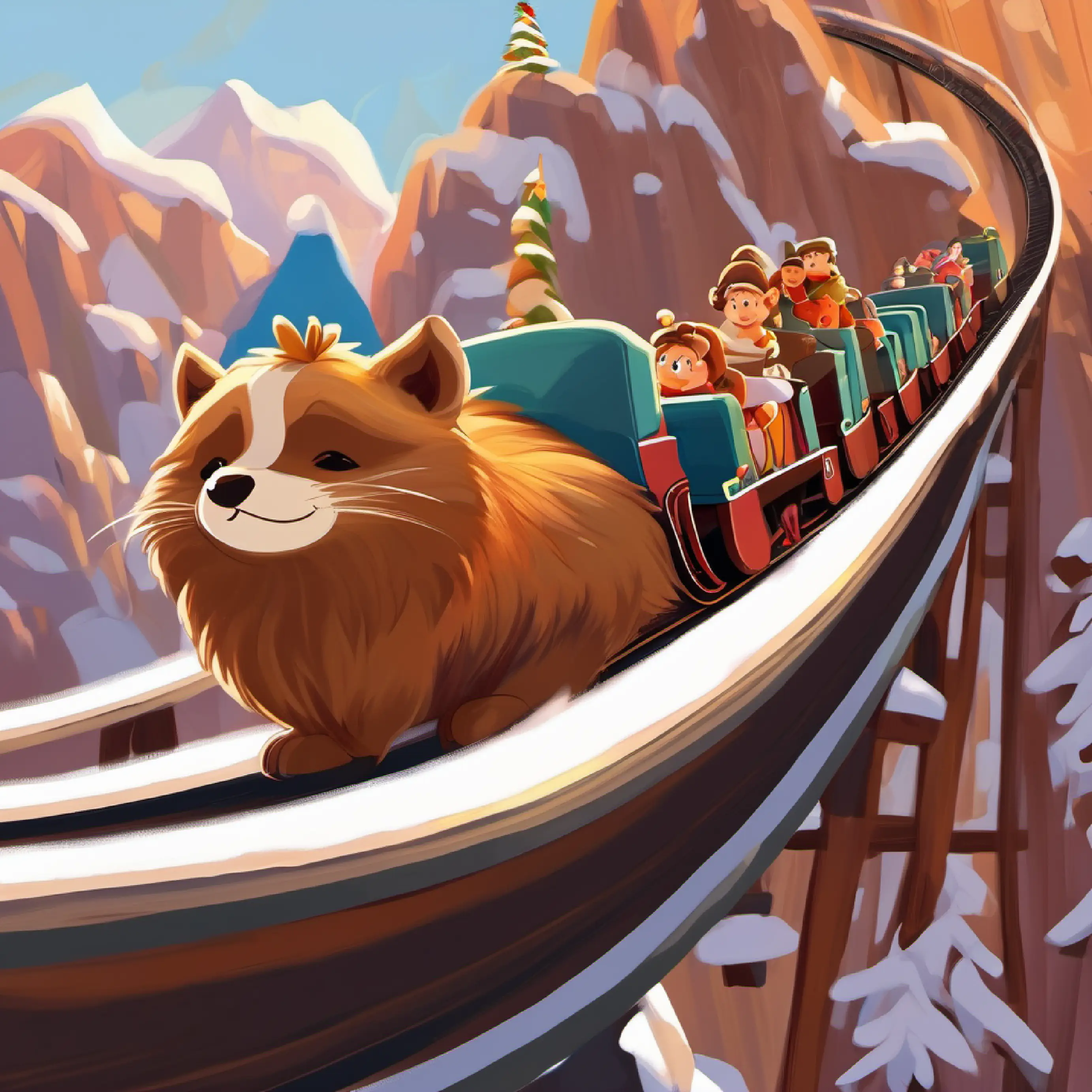
At the top, Max saw the whole fair. He barked happily.
Dogs bark as a form of communication.
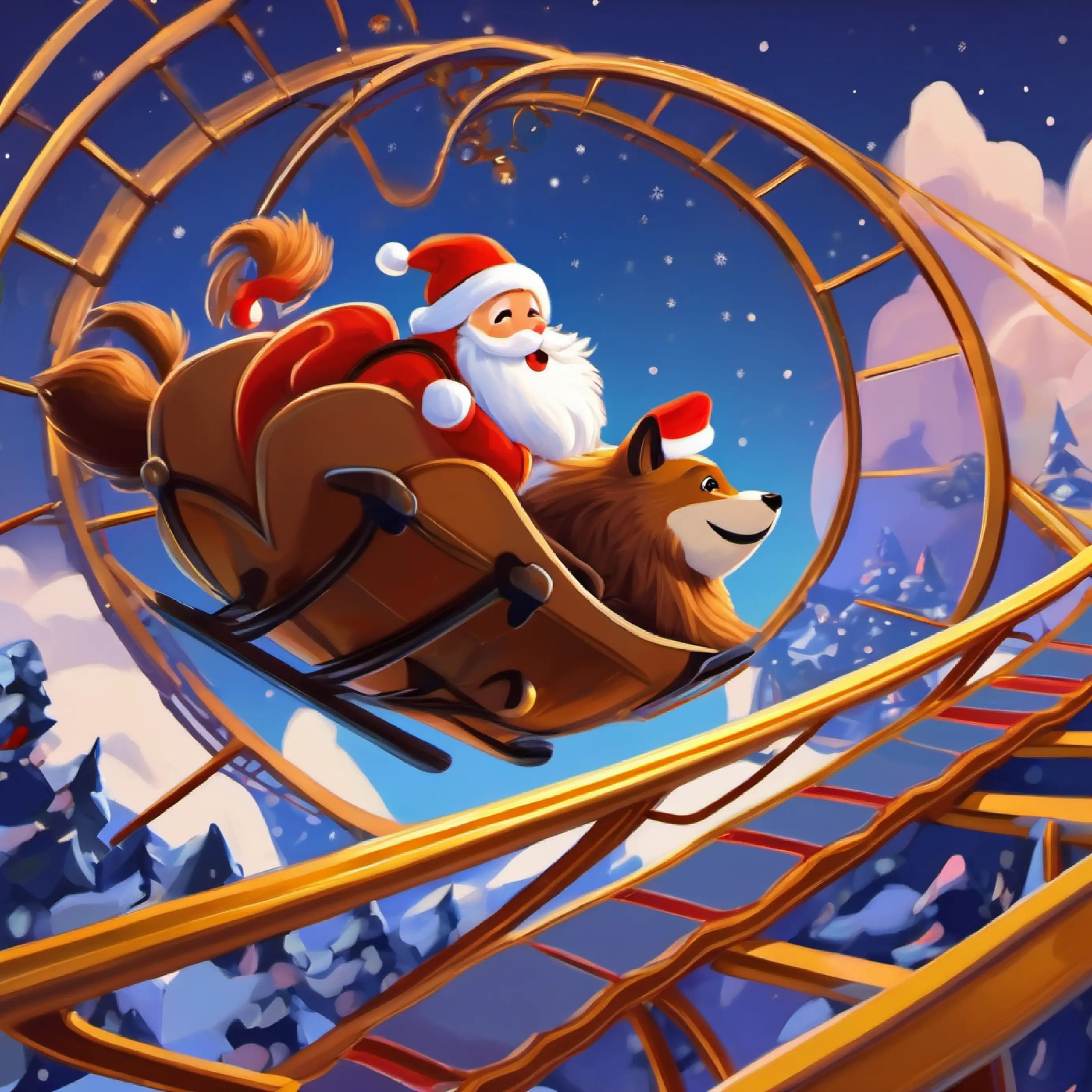
The rollercoaster zoomed down fast. Max felt like he was flying.
The rollercoaster's descent converts potential to kinetic energy.

It twisted and turned. Max's heart raced with joy.
Sharp turns and loops create centripetal forces on the ride.

Finally, the ride slowed to a stop. Max's adventure was over.
Rollercoasters decrease speed using brakes to dissipate kinetic energy.

Max left the seat, tail wagging. He couldn't wait to tell his friends.
Dogs often express their feelings through physical movements.
